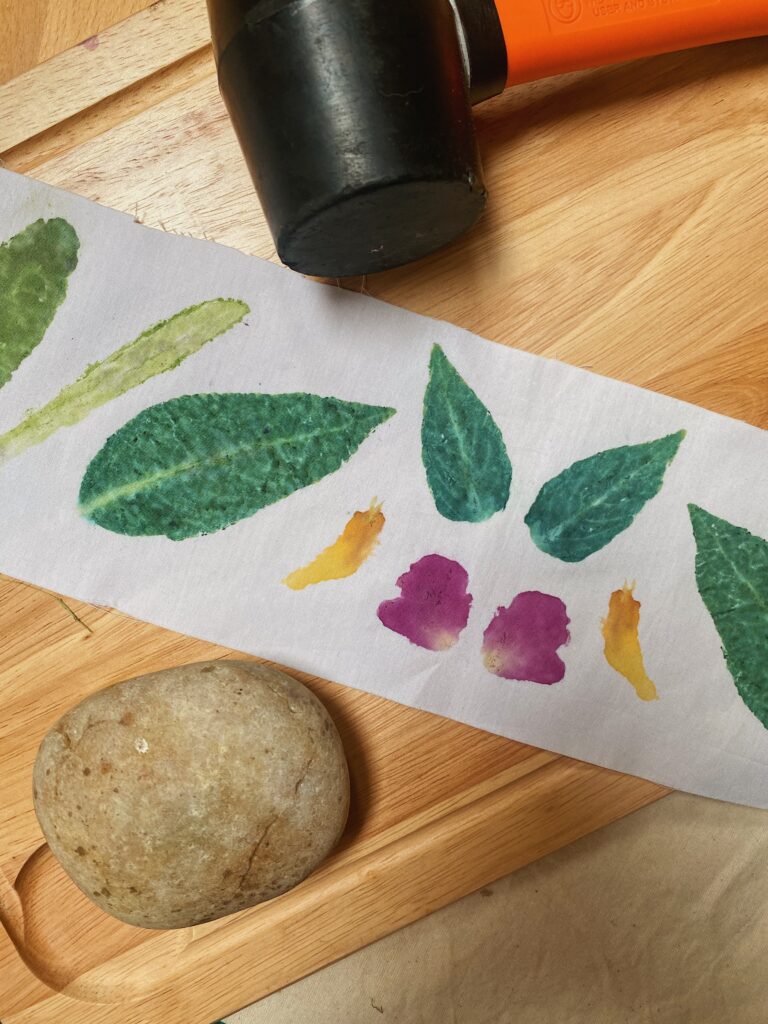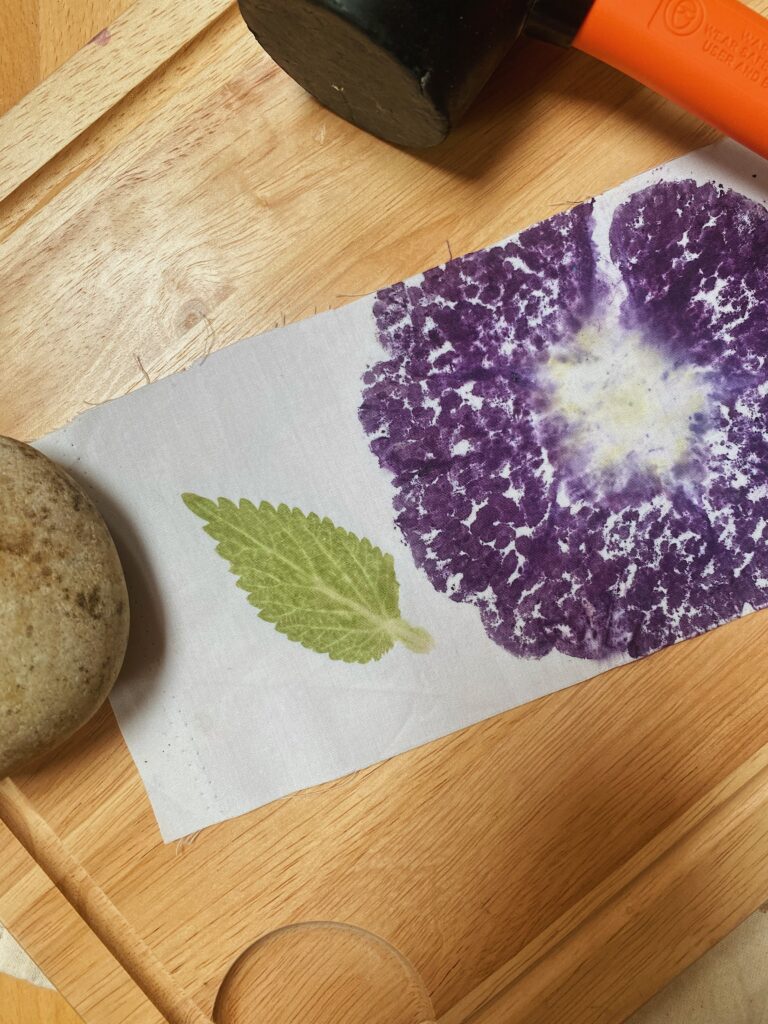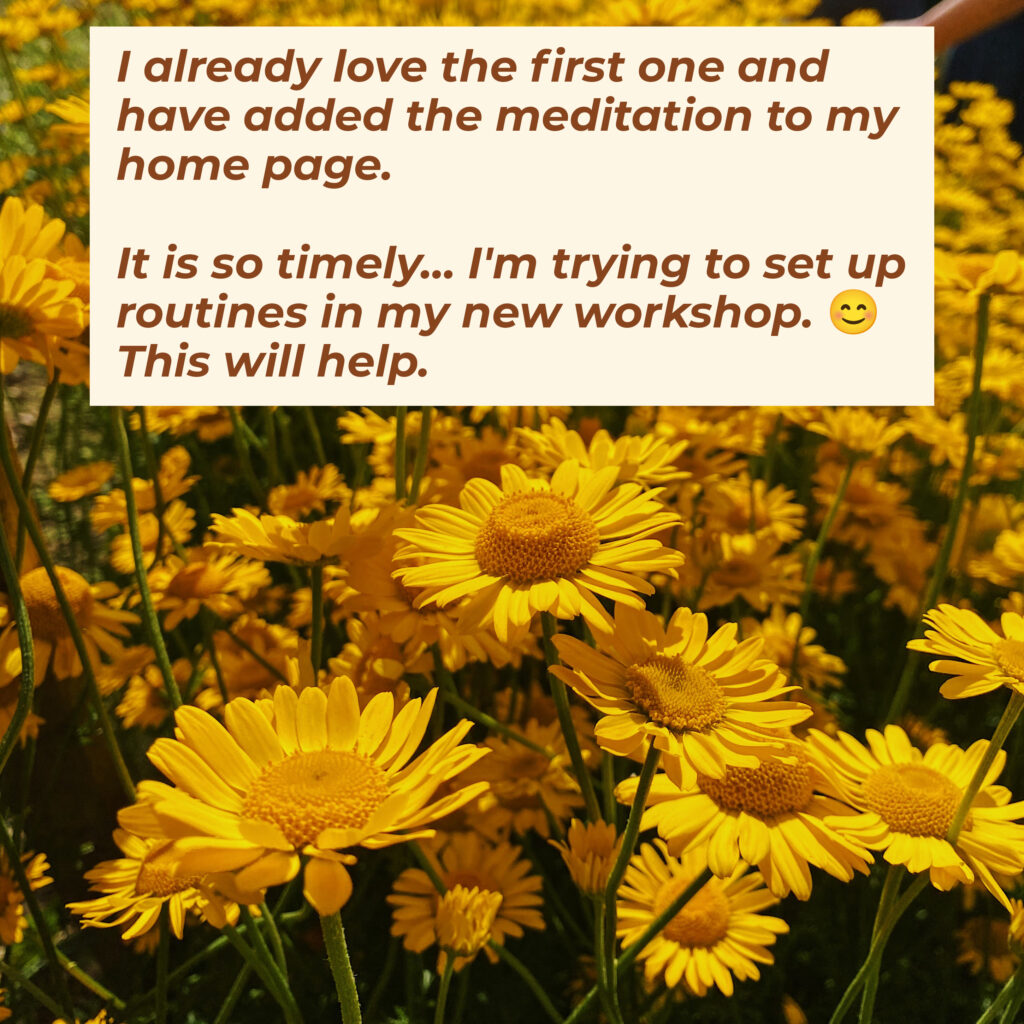Welcome to the second part of your Autumn Ritual to ease into the seasonal transition! A few days ago I shared a powerfully simple technique to focus your work time and intersperse some rest time in between. I also included a beautiful short meditation offered by yin yoga teacher Jenise O’Brien. In this post, we will focus on another short activity you can do to release some pent-up tension while also getting creative! This is perfect for those who (like me) have trouble staying still for meditating, because it will definitely get your body moving!
I’ve received very encouraging feedback from crafters who’re already incorporating the Pomodoro-meditation combo into their daily routine, so I can’t wait to see how adding this crafting activity to your rest time might enhance the whole experience! If you’ve only just arrived, make sure you check out my previous post, because today we’re going to be building on what I’ve already shared before. By combining a proven time management technique with some short meditation periods in between your work, you can achieve better focus and an enhanced feeling of overall balance. Now, let’s get moving our bodies and being creative!
The Problem with Staying Still
I am too aware that as a creative person, you probably often struggle with staying still. This makes mainstream methods of self-regulation, like meditation, less appealing and effective. You may have tried sitting quietly and focusing on your breath, only to find your mind racing with ideas and your body aching to move!
This can be incredibly frustrating because, while recognising the importance of mindfulness, the conventional approaches don’t always fit your dynamic, creative nature. This can end up making you feel more stressed and even frustrated at your apparent inability to find that inner peace that everyone’s talking about.
I think there’s a time and a place for everything. Sometimes my mind and body are more willing to easily enter the calm state of meditation. This varies depending on the time of the day or the tasks I’m working on. Other times, all my body and mind want to do is use my hands and make something, rather than sit still. Does this ring true for you too?
This is where what I’m about to teach you fits in, offering you a fun and effective way to release tension, without having to force yourself into stillness.
Sometimes, all you Need to Release Stress… is to Bash Something!
Literally.
I’m talking about a very fun and easy creative technique called flower pounding, flower hammering, hapazome or tatakizome. The word hapazome was coined by Australian eco printer India Flint while working on an exhibition in Japan that involved this technique. Traditionally, the Japanese use the word tatakizome, made up of the words “to beat” (tataki) and “dyeing” (zome). In short, it involves hammering flowers or leaves directly into paper or cloth, creating a very detailed print. This technique is not only visually stunning and easy to do, but can also be incredibly therapeutic! As you hammer the flowers, you release pent-up tension, allowing your body to move and your mind to focus on the task at hand, avoiding the racing thoughts.

How to Integrate Flower Hammering into Your Day
I recommend you combine short flower pounding sessions with the Pomodoro Technique you’ve already learned, which involves working in focused intervals of 25 minutes followed by a 5-minute break. During some of these breaks, instead of meditating, you could take a few minutes to do some tatakizome! It’s an excellent way to channel your energy, release stress, and return to your work with renewed focus and creativity.
Let’s take a look at what you’ll need:
- Freshly picked flowers or leaves. They need to be as fresh as possible to retain their natural moisture. If you want to pick your vegetation beforehand, you can cut them with the stem and/or branches still intact and put them in water for a few hours and up to a day. This will keep them fresh and ready for flower pounding – and they can double as a beautiful hand-picked bouquet in the interim! The beauty of this technique is that you don’t need to stick to dye plants only – pretty much any flower or leaf will do
- A hammer or mallet for pounding. You can also use a smooth round stone, a wood darning egg or a pestle
- A piece of fabric made of natural fibres (finely woven is best) for printing on. You could also use watercolour paper
- A wood chopping board
- Recycled plastic
- Optional: a blanket, thick cloth or towel to put under your chopping board for buffering the sound of the hammering
- Optional: iron for steaming
Setting up your workspace:
- First place the blanket, thick cloth or towel (if using it), which will help minimise the hammering noise
- Then the wood chopping board
- Sandwich the paper or fabric you will print between two pieces of recycled plastic that are slightly bigger than your flowers or leaves
- Your bashing implement will come in contact with the topmost piece of recycled plastic. This will allow you to wipe off any colour in between prints
The process:
- Fold the fabric (or paper) in half to mark a line: this will allow you to get a symetric design, effectively achieving two prints with a single flower or leaf!
- Place one of your leaves or flowers flat on top of the fabric or paper
- Fold the fabric or paper on top of the vegetation and place your piece of recyled plastic on top
- Gently start tapping the plastic-covered paper or fabric with your tool of choice right over where the vegetation is. You will start seeing the colour coming through, to indicate that the print is underway! Begin in the middle and spread outwards
⚠️ Safety First! Remember this activity is also an exercise in focus. Don’t get distracted and always watch what you are hammering. Keep your fingers as far away as possible to avoid hitting them. - Once you have covered the whole area of the vegetation, unfold the paper or fabric and and carefully remove any plant material, being careful not to smudge the wet print
- Repeat with a different flower or leaf!
- Be gentle with yourself and open your mind to experimenting with different vegetation or bashing tools. You probably won’t get a perfect print the first time – and that’s ok! Embrace the experimentation and, most importantly, enjoy the process!
The Perfect Companion to the Pomodoro Technique
Something I love about flower pounding is that you can do it in small periods of time, which fits perfectly with the Pomodoro time managament technique! You can gather your vegetation as part of a walk during one of the longer breaks and have it ready for pounding in a vase with some water. Then, during your shorter 5-10 minute breaks you can pound one or two flowers at a time, building on your composition throughout the day or even a few days. By integrating hapazome into the breaks of the Pomodoro Technique, you’re not adding more tasks to your day; you’re simply enhancing the quality of your breaks 🌸
Doing it in this slow, staggered way also means that you won’t strain your wrist or arm from repeated pounding. This is meant to be a relaxing activity after all!
Over time, this simple practice can lead to significant improvements in your overall well-being. You’ll find yourself feeling more relaxed, more inspired, and more connected to the plants around you.
What if I Work in a Shared Space?
I know that repeated hammering might not go down very well with colleagues if you’re working in an office or another kind of shared space. In this case, I recommend that you stick to collecting flowers or leaves during your work breaks – you’ll be surprised at the various shapes of leaves you can find around you, even in an urban environment! You could even turn it into a bonding activity with your colleages: go out into the car park or sidewalk and find as many different examples of flowers or leaves as you can. Whoever finds the most diversity wins!
You can then select the best ones to take home in your water bottle and use for hammering in the evening. If you have children, they might also enjoy helping you out in this activity. Just be mindful of their little fingers when hammering!

Yes, But Will it Fade Away?
At this point your creative brain is probably racing with flower pounding designs and potential projects. You could also be wondering if it’s really worth it or will your beautiful botanical prints just fade away with time?
Let’s take it one step at a time. First I encourage you to try out the tatakizome technique on a piece of scrap fabric or watercolour paper. For added colour retention, once your prints are completely dry, you can steam iron over them for 2-3 times at a medium-high heat setting. Use a piece of tissue paper or light muslin in between your iron and your paper to avoid heat stains.
The third part of this series contains a final suggestion to incorporate your botanically-printed paper or fabric into your Autumn Ritual for added grounding 🕯️
Share Your Results!
I’d love to see your floral compositions! Please tag me on Instagram if you try out flower hammering. And don’t forget to check out the next step in this Autumn Ritual.
Until next time!
